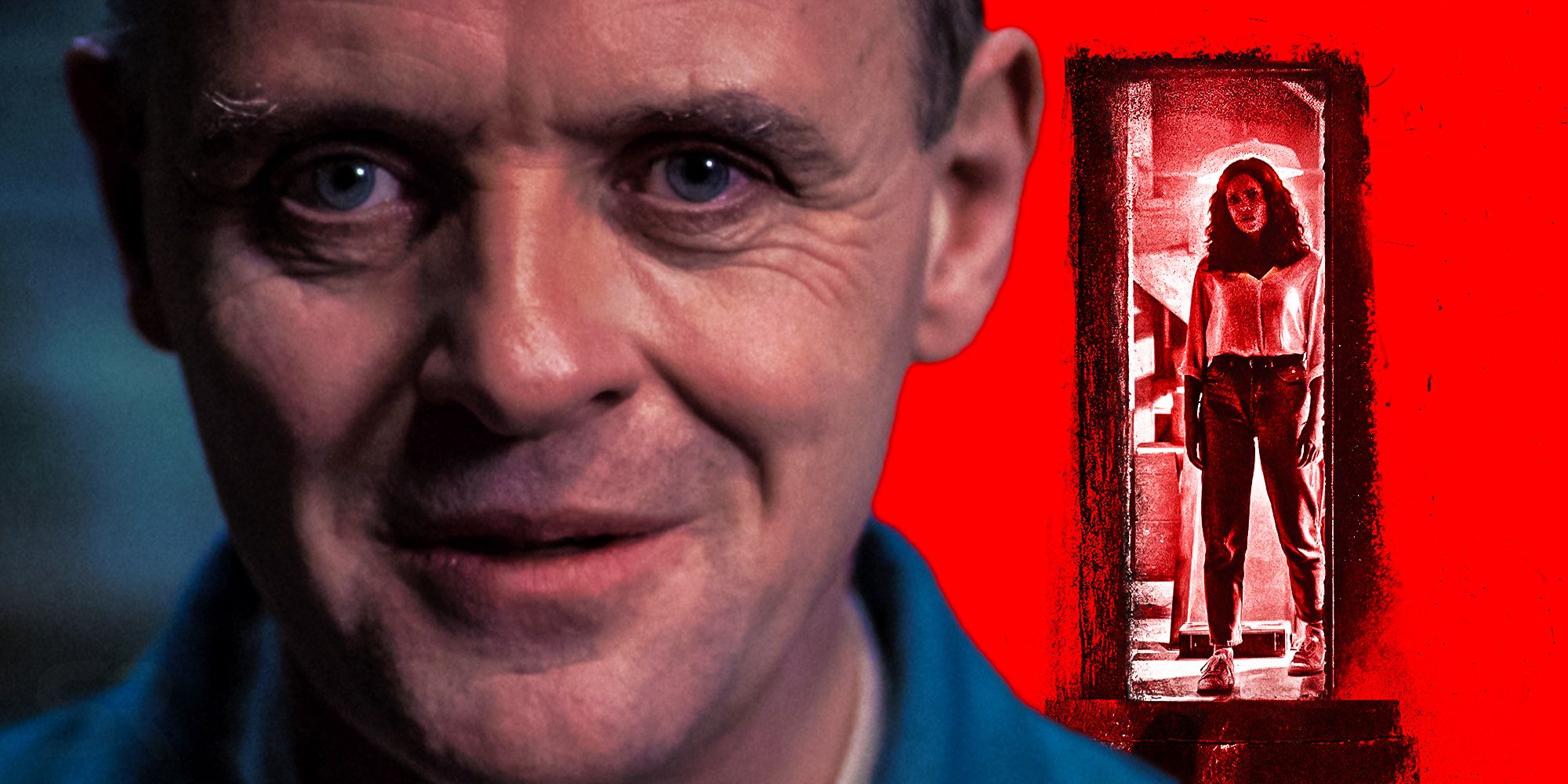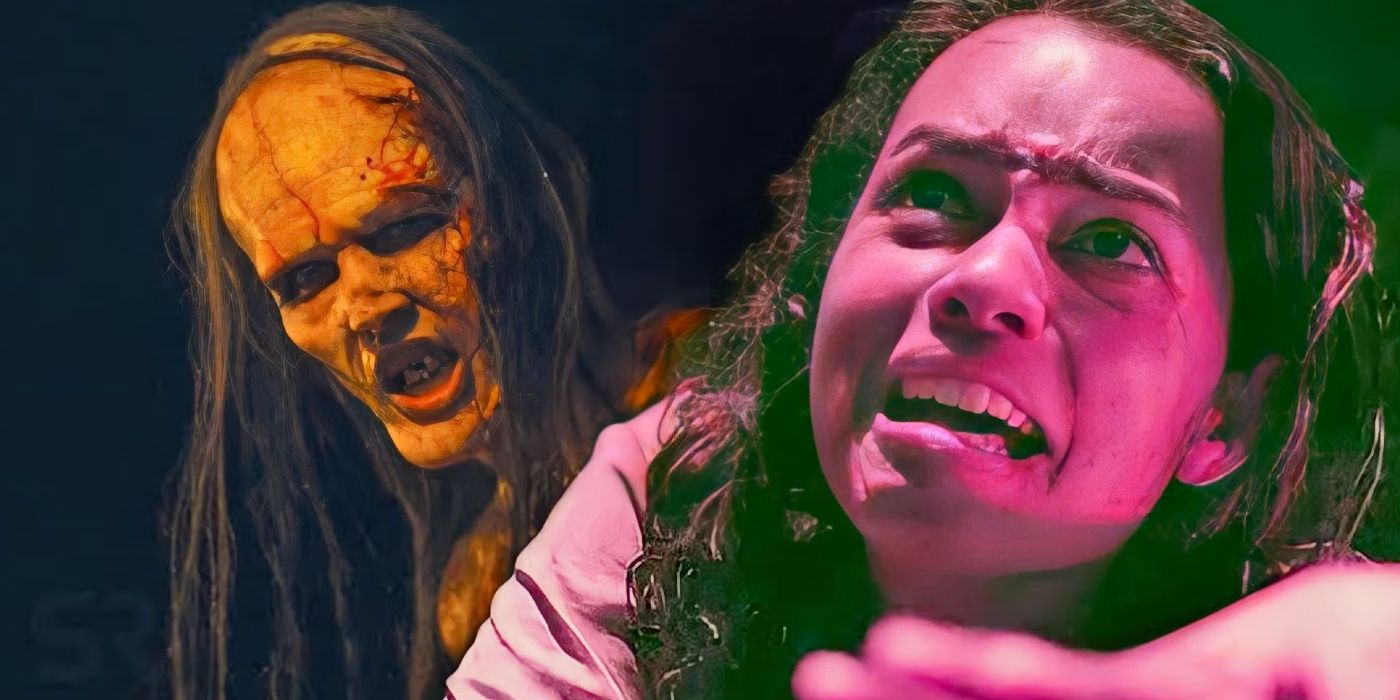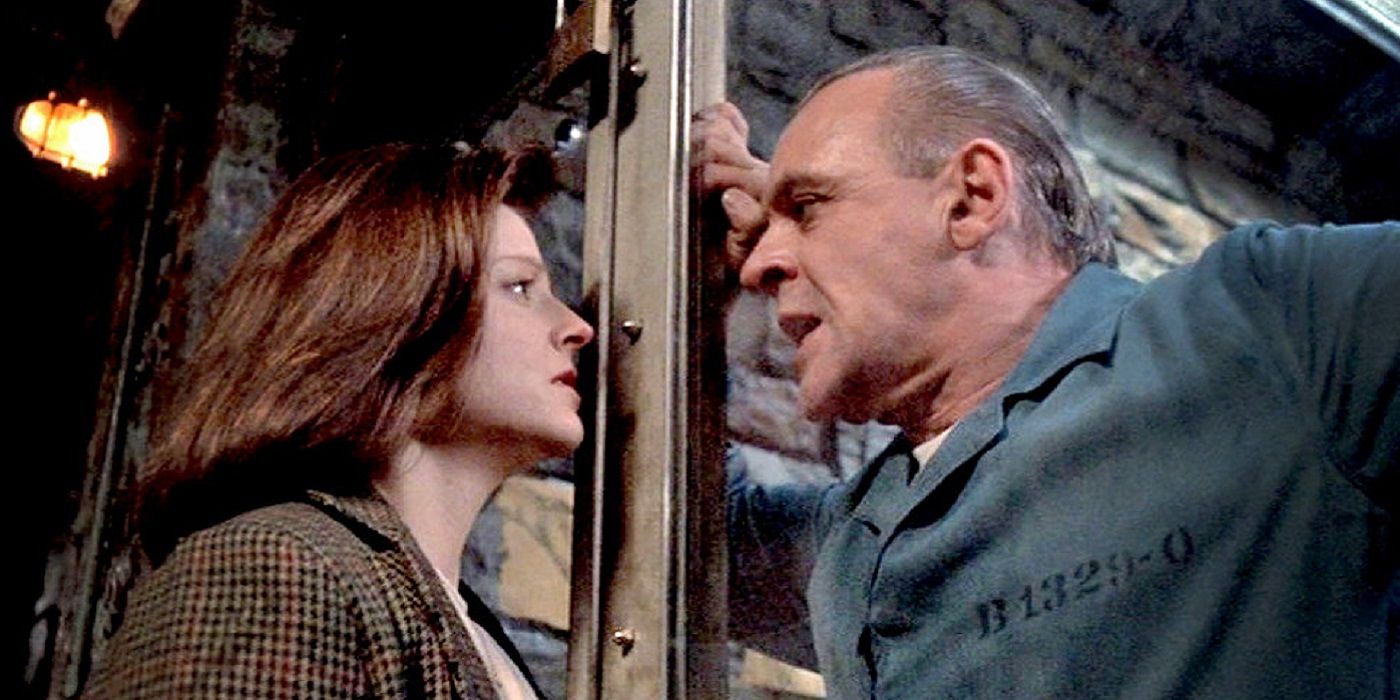By using their secondary villains as narrative devices, both Barbarian and Jonathan Demme's The Silence of the Lambs ingeniously point towards a greater evil at play. Much like The Silence of Lambs, Barbarian serves as a carnival of metaphors that highlight the objectification women. Although Barbarian is far more comical with its tone and less linear compared to The Silence of the Lambs, it has many twisty narrative ingredients and character beats that make Jonathan Demme's classic so frightening, yet so entertaining.
Just like The Silence of the Lamb initially sets Hannibal Lecter (played by horror movie staple Anthony Hopkins) as the primary villain, Barbarian does the same in its second half by introducing The Mother. While The Mother is literally portrayed as a merciless monster, The Silence of the Lambs gradually drops bone-chilling details of Hannibal's heinous crimes. However, as both movies progress, they somehow manage to subvert these first impressions surrounding the two seemingly antagonistic characters by contrasting their evil with something comparatively more sinister.
How The Mother & Hannibal Set Up The Real Villains
The Silence of the Lambs and Barbarian examine misogyny from the perspective of their respective female protagonists, Starling and Tess. While Starling often finds herself being a lone woman in a patriarchal organization, Tess' decisions and actions are continuously looked down upon by Barbarian's male characters. Both of them are also thrown as bait to the secondary antagonists, The Mother and Hannibal Lecter, just so someone else can take credit for their sacrifice. However, Hannibal and The Mother's uncannily warm demeanor towards Starling and Tess gradually sets up the real villains, who, despite having limited screen time, make Hannibal and The Mother seem a lot less monstrous.
In Barbarian, Tess never comes face to face with Frank, but his backstory affirms that he is the real villain of movie and that The Mother is only a consequence of his vile acts. Unlike Frank, who immorally assaults his victims and videotapes them, The Mother shows some form of empathy towards Tess and even tries protecting her. Similarly, Anthony Hopkins' Hannibal Lecter is touted as a "monster" by the FBI, but he is the one who feels apologetic after Starling's encounter with Miggs and directs her to Buffalo Bill out of sympathy. Clearly, in both movies, the implied monster has a moral code, which effectively sets the stage for the real villains, who seem to lack the same.
Barbarian & Silence Of The Lambs Don't Work Without A Worse Villain
The worse villains in Barbarian and The Silence of the Lambs are essential for drawing a clear contrast of how the female protagonists are perceived. Although the lesser villains, Hannibal Lecter and The Mother, put their crude animalistic tendencies on full display, they humanize Starling and Tess by showing kindness towards them. The worse villains, on the other hand, treat women like them as objects. Like Barbarian's real monster Frank shows no sense of remorse for his violence towards women, Gumb cares little about his victims and both literally and metaphorically materializes them for his macabre quest in The Silence of the Lambs.



